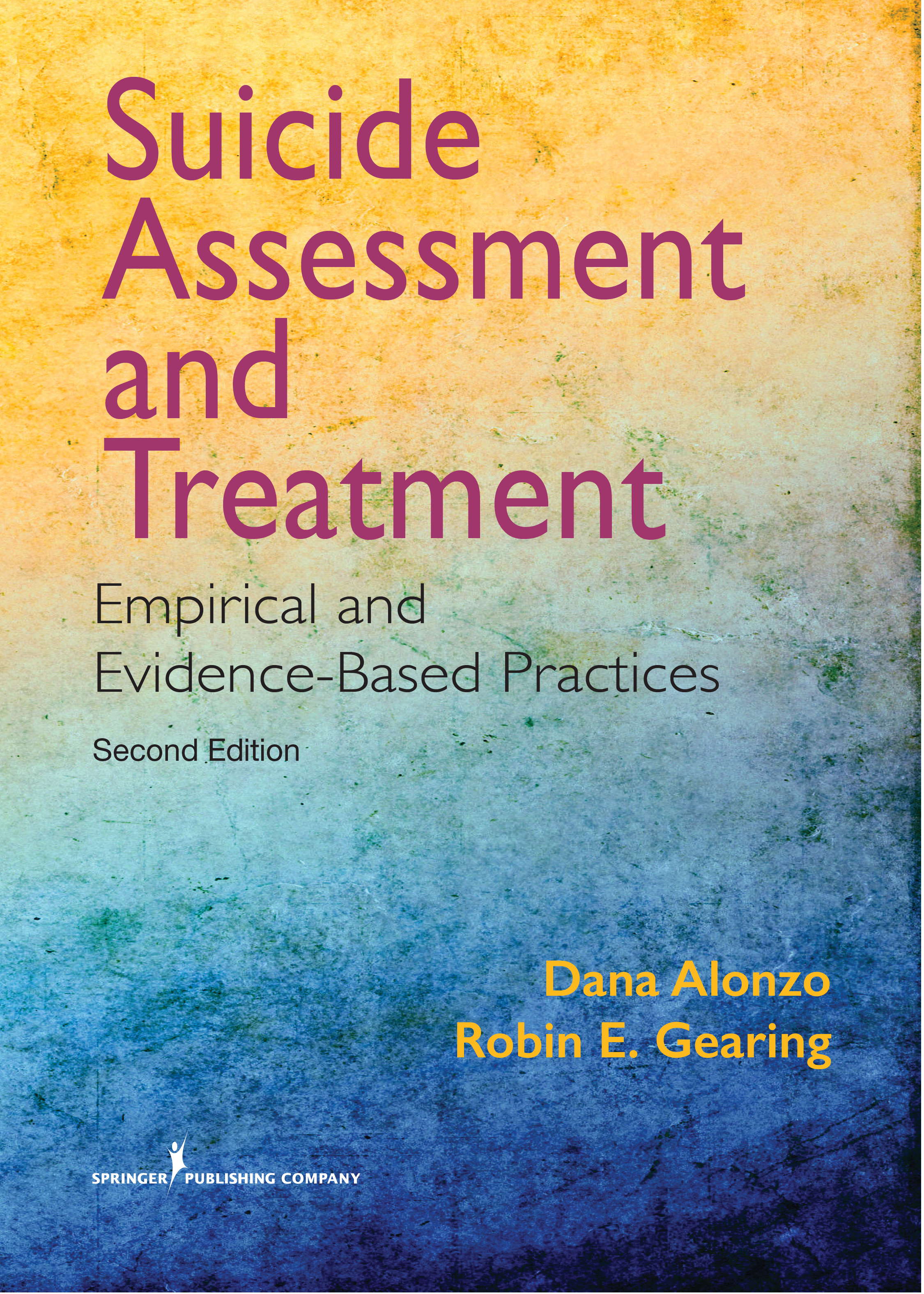Using Dsm-IV : A Clinician's Guide to Psychiatric Diagnosis
by Anthony Labruzza
2020-07-23 23:40:30
Using Dsm-IV : A Clinician's Guide to Psychiatric Diagnosis
by Anthony Labruzza
2020-07-23 23:40:30
DSM-IV is here, and mental health professionals-whether they applaud its rigor or decry its rigidity-will have to know how to use it. Like its predecessor, DSM-III, DSM-IV is empirically based and atheoretical. The psychodynamics of mental disorders ...
Read more
DSM-IV is here, and mental health professionals-whether they applaud its rigor or decry its rigidity-will have to know how to use it. Like its predecessor, DSM-III, DSM-IV is empirically based and atheoretical. The psychodynamics of mental disorders and their etiologies are not considered. Its principal advantage is that it provides a reliable system of diagnosis. Its principal flaw is that it can lead the clinician to focus too exclusively on categorizing symptom clusters rather then on empathically understanding the person who is suffering the symptoms. In Using DSM-IV: A Clinician''s Guide to Psychiatric Diagnosis, LaBruzza and Mendez-Villarrubia offer the needed supplement to the DSM-IV. Their book, a veritable road map for DSM-IV, explains the technical language and hierarchical classifications of DSM-IV while it demonstrates how the system can be adapted to a clinical approach.
Less



























